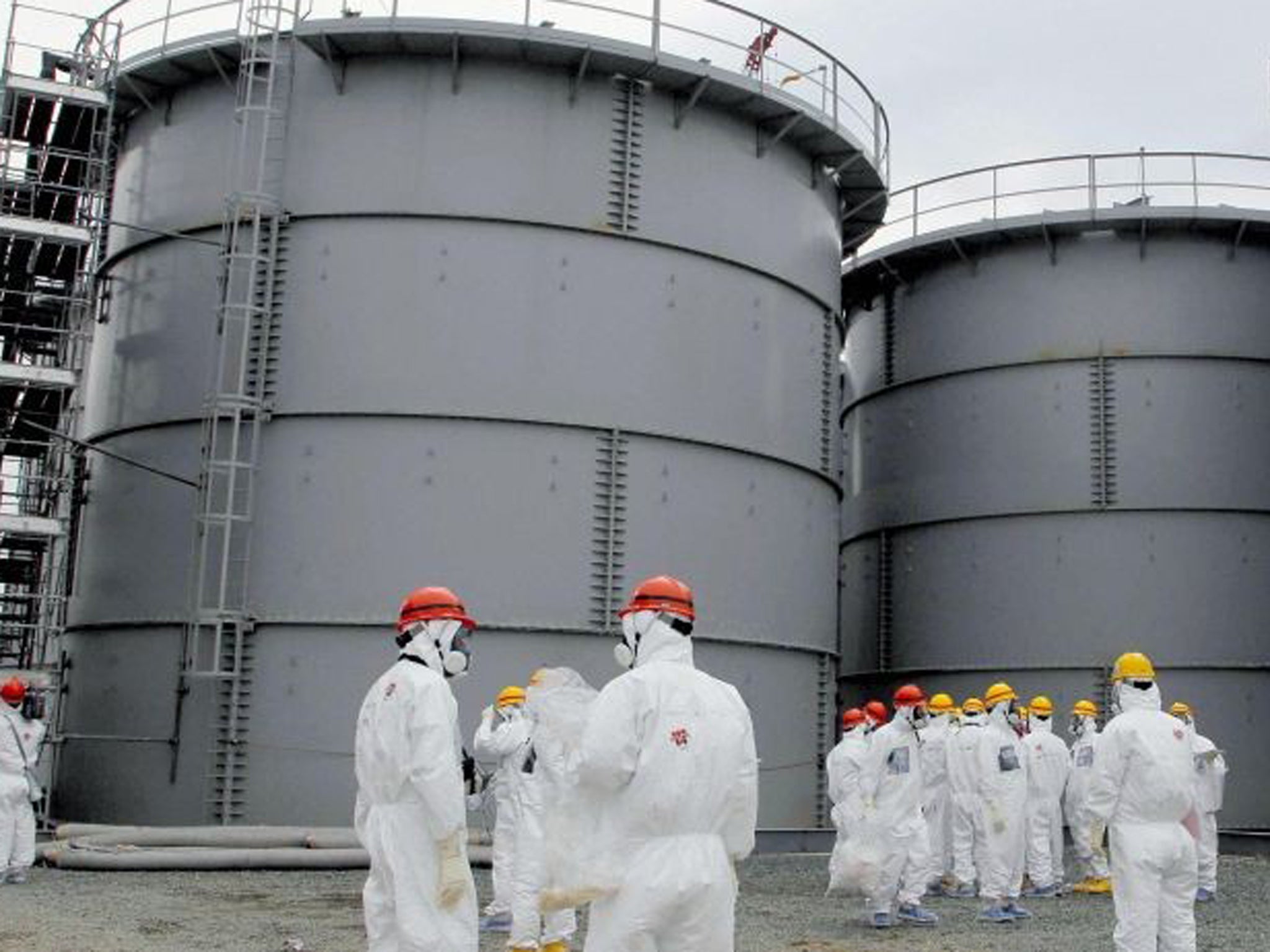Radiation crisis at Japan's Fukushima nuclear plant deepens as threat level raised to 'serious'
Decision seen as another sign that engineers are losing control over the leaks

Japan’s nuclear watchdog has upgraded its alert level for radiation leaks at the Fukushima Daiichi nuclear plant, underlying the deepening crisis at the crippled facility.
The decision to raise the severity level of the leaks from one to three on the International Nuclear and Radiological Event (INES) Scale is seen as another sign that the engineers are losing control over the leaks.
A spokesman for the Nuclear Regulation Authority (NRA) said the move meant changing the status of the crisis from “anomaly” to “serious incident” on the INES scale, for the first time since the plant suffered a triple meltdown in March 2013. The move has to be confirmed by the IAEA, the UN agency that monitors nuclear energy around the world.
“We are in a situation where there is no time to lose,” said NRA Chairman Shunichi Tanaka today.
Operator Tokyo Electric Power Co. (Tepco) admitted this week that one of about 1060 giant storage tanks at the plant had leaked 300 tons of radioactive water. The company says Cesium-134, Cesium-137 and Manganese-54 are among the cocktail of toxins swimming in the water, which is radioactive enough to deliver a five-year dose of radiation to bystanders. They have yet to identify the precise source of the leak.
Engineers have been struggling to keep melted uranium rods cool since the plant’s cooling system was knocked out by the March 11, 2011 earthquake and tsunami. They have rigged up a makeshift cooling system that feeds highly contaminated water back to the temporary tanks via a jerry-rigged warren of pipes.
Critics fear the leak could be a harbinger of worse to come. The joints in about one third of the tanks are sealed with plastic packing that may have been damaged by radiation. “Our concern is that the problem is not just with this one tank, it may be generic problem with many of the tanks,” said Aileen Mioko Smith, an antinuclear activist with the Japan-based environmentalist group Green Action. “Sealant expands in the summer and contracts in winter. We don’t know what the cold weather will do to the tanks.”
Tepco spokesman Yoshikazu Nagai said workers at the plant are “trying hard to ensure that does not happen.”
“We’re strengthening our system for containing and measuring contaminated water,” he said. Tepco has denied that any of the contaminated water has reached the ocean, about half a kilometer away.
Engineers rely on visual checks of the tanks, which hold a total of about 400,000 tons of water, to determine water levels. Some observers have criticised the utility for not installing measuring equipment to spot the latest leak more quickly.
Workers at the plant are also struggling to control huge quantities of contaminated groundwater. The utility admitted this month that 300 tons of the water is running into the sea every day, though it says this has since been cut to less than 30 tons. Earlier this month Prime Minister Shinzo Abe describe the situation at the plant as “urgent,” and pledged to increase government involvement in decommissioning its reactors.
Join our commenting forum
Join thought-provoking conversations, follow other Independent readers and see their replies
Comments